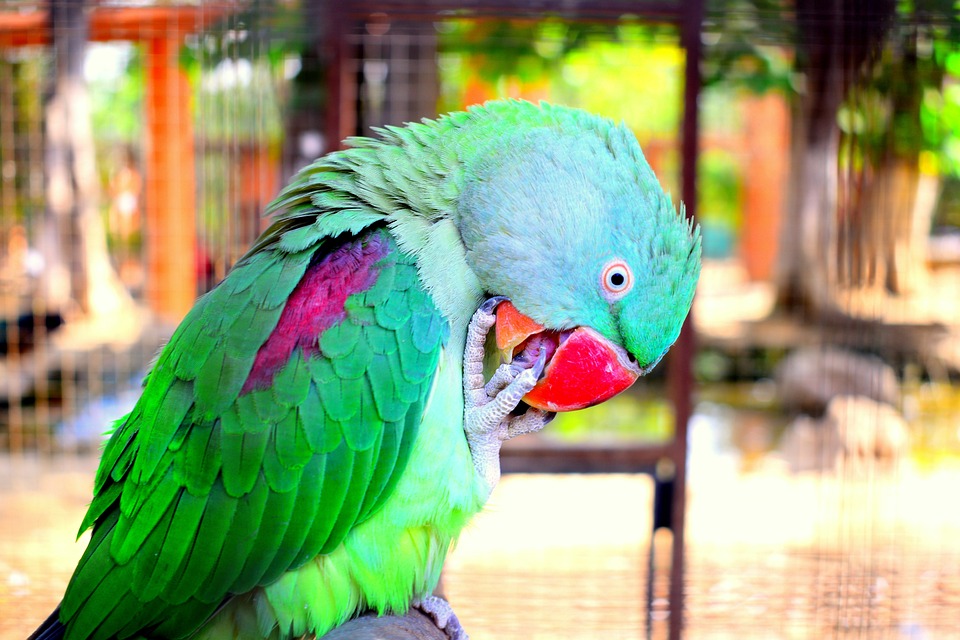Unlocking your parrot’s full potential through training is not only beneficial for their overall well-being but also a rewarding experience for both you and your feathered friend. One effective method to enhance your parrot’s training regime is by creating an obstacle circuit that offers diverse challenges. In this article, we will guide you through the process of designing and implementing an engaging parrot training obstacle circuit.
Before we delve into the details, it is crucial to understand the benefits of incorporating obstacle circuits into your parrot’s training routine. Obstacle circuits help stimulate cognitive abilities, promote physical exercise, enhance problem-solving skills, and foster trust and bonding between you and your parrot.
When designing your parrot training obstacle circuit, it’s essential to select obstacles that are safe, engaging, and suitable for your parrot’s abilities. Some ideas to consider include perches at varying heights, rope swings and ladders, puzzle toys, a tunnel or hoop, and target training stations. Start with easier challenges and gradually increase the difficulty level as your parrot becomes more adept.
Creating a functional and engaging obstacle circuit requires careful planning and consideration. Choose an appropriate space where your parrot can maneuver comfortably without any hazards. Sketch a layout of the circuit, ensuring smooth transitions between obstacles. Securely fasten all obstacles to prevent toppling over or causing injury to your parrot. Adding visual appeal through colorful toys, hanging treats, or mirrors can further encourage your parrot’s curiosity and engagement.
Here are some frequently asked questions about parrot training obstacle circuits:
Q1: Can any parrot breed be trained using obstacle circuits?
A1: Yes, obstacle circuits can be used to train various parrot breeds. However, it is essential to consider your parrot’s physical abilities and temperament while designing the circuit.
Q2: How often should I train my parrot using obstacle circuits?
A2: Training sessions can be conducted a few times a week, with each session lasting 10-15 minutes. Consistency and regularity are key to achieving optimal results.
Q3: What if my parrot seems scared or uninterested in the obstacle circuit?
A3: Take it slow and introduce the circuit gradually. Offer treats and positive reinforcement to help your parrot associate the obstacles with rewards. If fear or disinterest persists, consult an avian behavior specialist for guidance.
Q4: Can I modify the obstacle circuit over time?
A4: Absolutely! Modifying the circuit periodically keeps the training sessions fresh and exciting for your parrot. Introduce new obstacles or rearrange existing ones to prevent boredom.
In conclusion, a parrot training obstacle circuit is an excellent way to challenge your feathered companion mentally and physically. By following the guidelines provided in this article, you can create a safe and engaging circuit that helps unlock your parrot’s full potential. Always prioritize your parrot’s safety and enjoyment during every training session. Happy training!









